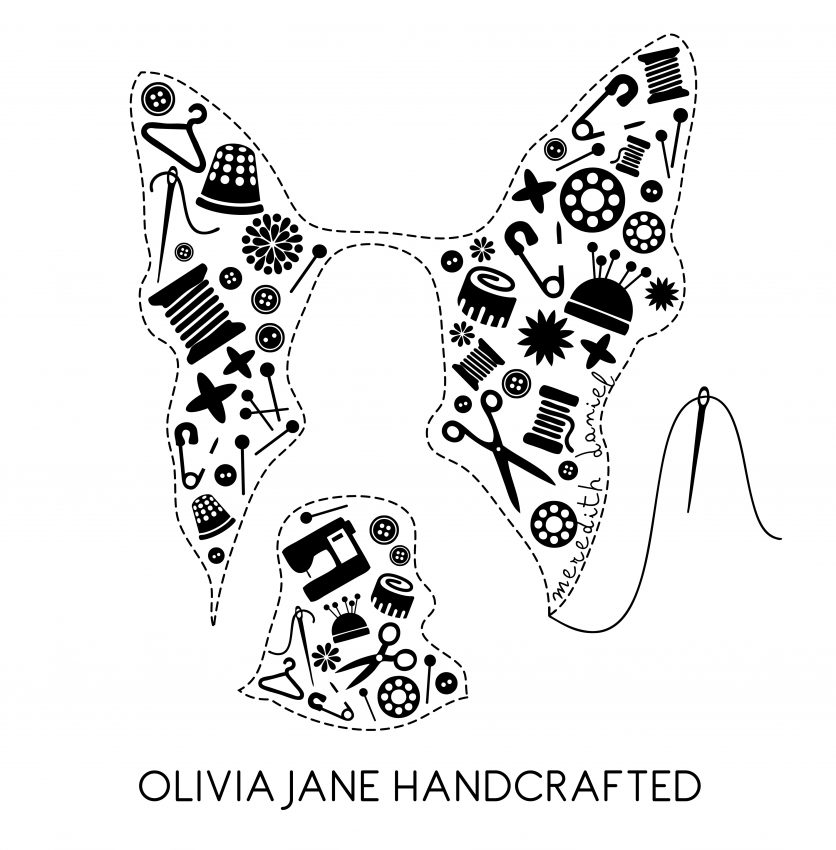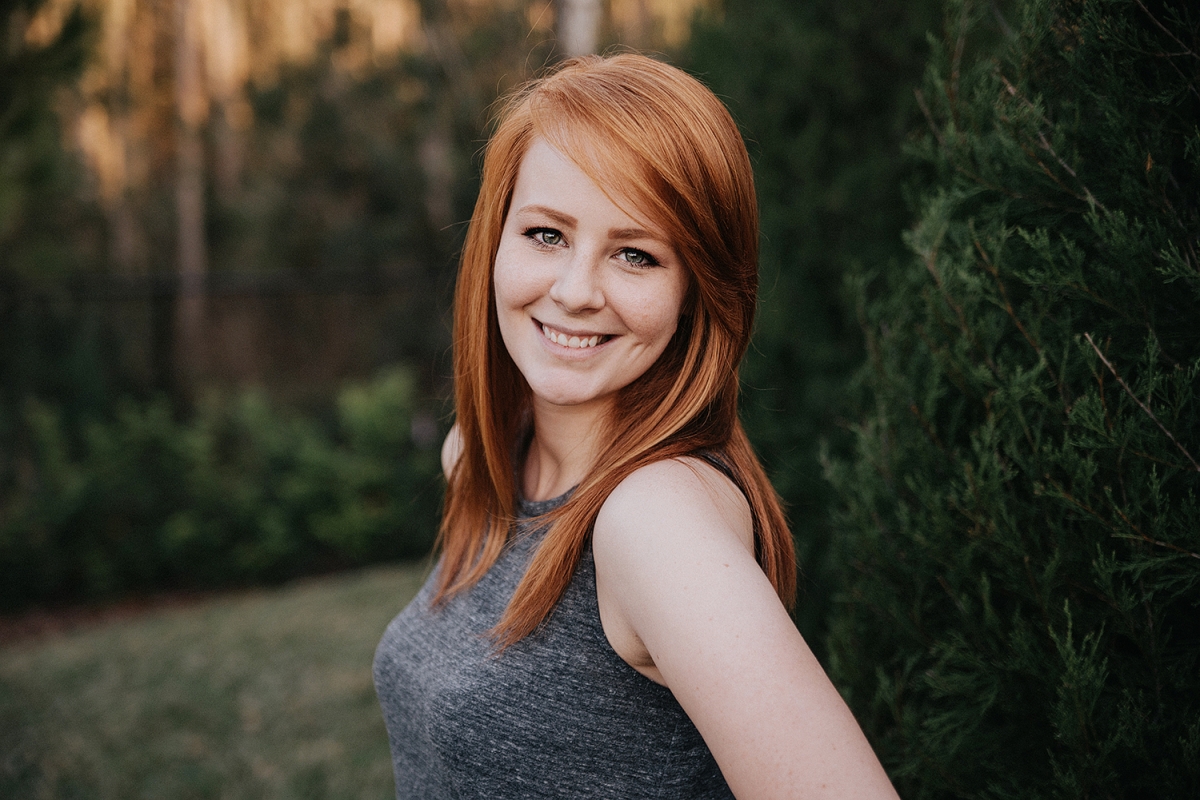Many of you have asked for this, so I’ve put together a very simple run down on how I hand quilt. This is just a view as if you were watching me in the studio. I hope you find this little tutorial helpful!
Here is what you will need:
.jpg)
-scissors
-thread (just whatever thread you have laying around. I chose this bright green because I never use it and I had plenty of it.)
-hand needles (I don’t always use a particular brand/type of needle for hand quilting, I just happened to have this pack of Clover needles, so that’s what I have chosen to use. You’ll just want something with a good sized eye that is sharp.)
-Perle cotton
-plenty of safety pins
Step 1: Layering
Note: If you need to draw out a design for quilting on your quilt top, use a water soluble pen or pencil and do it prior to this step.
This is your most simple step. Be sure that your quilt top and backing are well pressed prior to layering.
First, you will lay your backing right side down. Smooth out any wrinkles so that it is as flat as possible. You may want to use masking tape around the edges to secure in place.
.jpg)
Next, lay your batting on top of the backing piece lining them up as closely as you can. Again, smooth it out as much as possible.
.jpg)
Now lay your quilt top right side up on top of the batting. Smooth it out and be sure that you have a fairly even amount of the batting and backing on all sides of the quilt top. You’ll want to have an allowance of 2″ or 3″ minimum all the way around.
.jpg)
Step 2: Pin Basting
.jpg)
Be sure to keep your quilt sandwich smooth as you make your way to the middle of the quilt with safety pins in hand. Place your first pin in the middle of the quilt.
.jpg)
From there, work your way toward the outside of the quilt, keeping your pins pretty evenly spaced. Keep pins 7-10″ apart.
.jpg)
Step 3: Thread Basting
Once you have completed pin basting, you may need to thread baste. I do not thread baste everytime, but only when I’m working with a large quilt. This particular quilt is 72″x72″ so I felt that thread basting was a necessity. The key to successful thread basting is time and care. It does take time to baste well, and it does require paying attention to what you are doing. That said, it is well worth it to take extra time to do this step as it will improve the overall quilting experience and the end result.
Move your quilt to a hard surface like your kitchen table. I pin baste on the ground, but thread baste on the table because I find it easier. With this step, we will once again start off in the middle of the quilt so you can remove the center safety pin. Using your plain ole thread, thread a needle. Tie off the thread with a large knot or loop knot (you’ll want it to be easy to grab when your remove these stitches). Beginning at the center of the quilt, begin making large running stitching toward the outside of your quilt removing pins as you come to them.
.jpg)
I find it easiest to do a criss-cross pattern. So I stitch toward the right. Then start at the center again and go toward the left. Then toward the top, and then toward the bottom until I have made a cross-like pattern. Then I stitch from the center towards each corner of the quilt. After that, I stitch in a swirl pattern until I reach the outside of the quilt. My swirl layers are about 5″ or so from each other. When you are finished thread basting, your quilt will look something like this:
.jpg)
Remember to take your time and enjoy this! It can be time consuming (mine took several hours to complete thread basting) but it is well worth it!
Step 4: Hand Quilting
You made it to the fun part! Woot! Now I want to say a few things before I get into the actual instruction. You’ll need to choose a quilting style or pattern. I typically like to complement the overall design of the quilt, so I’ll be outlining the star with straight lines. I find this method to be good for me because I always press my seam allowances open, so I can use the 1/4″ seam allowances as a guide for my stitching. This works well because I normally don’t need to use a water soluble pen or pencil to mark where I want to stitch. If you do have some design you want quilted, that should be done prior to layering.
About the Perle cotton: My go-to Perle cotton is size 5. I love the thickness of it, and it adds great texture to quilting goods. However, for this tutorial I’m using size 8 which is thinner because the fabric I’m working with has a finer weave than standard quilting cotton, and I don’t want the knots from the size 5 to break any of the threads in the fabric.
I don’t use a quilting frame. I know that some may find them useful, but with a well basted quilt, they are quite unecessary. Plus, I hate having to put down the quilt to move the frame every so many stitches.
To begin, you will want to cut a generous size of the Perle cotton. There is no magic number here, it is just whatever is most comfortable for you. I happen to cut about the length of my arms when stretched out, because once it is threaded in the needle, it is only about half of that. Plus, the longer the thread is to begin with, the less you will have to tie off and switch. Knot your thread by looping the end twice and then pulling to make a tight knot. Cut off excess thread to less than 1/2″.
.jpg)
So I’m starting out at the middle of the quilt again. I use my left hand the hold the quilt in place on the bottom side and I use my right hand to do the stitching on the top side. Insert your needle an inch away from where you want your stitching to begin.
.jpg)
It should penetrate the quilt top and the batting, but not the backing. Slip it up to your starting place and pull thread through.
.jpg)
You’ll need to gently tug your thread so that the knot pops under the surface so that it is hidden.
.jpg)
Now make your stitches one at a time in the design of your choice. I use my right hand on top and my left hand on bottom and stitch toward my left side. I keep my stitches around 1/4″ long. Now take your time and really feel what you are doing. Consistency is so important, and once you get into a groove and concentrate on the task at hand, you’ll find that your top side and bottom side stitches are pretty even and consistent.
.jpg)
When you see that you are running low on thread, simple tie another double knot, and pull it under the surface like you did the starting knot so that it is hidden. You’ll start up on the opposite side that you tied off the knot so that you don’t leave a gap in stitching on either side.
Handquilting is really a simple process. It does however take time and patience. If you are saying to yourself, “I am so impatient. I could never, ever do this.” let me correct you. I am the most impatient people ever. It is a huge downfall of mine. When I started quilting, I said to a friend of mine, “I love quilting. I’d love to do a whole quilt by hand, but that’s just on my bucket list. I don’t expect that to happen until I’m like 80.” All of that changed when I saw Anna’s work. After reading her post here, I gave handquilting a try. I’ve been hooked ever since. There is hardly ever a night when I’m not doing some sort of handwork now. I’m actually uncomfortable when I don’t have something to do with my hands in front of the TV. And about the impatience? Its being worked out in me more and more everytime I quilt by hand. Its a beautiful process that only gets better with time. So give it a go!
My tutorial is certainly not exhaustive. I’m happy to answer any questions you may have! I also encourage you to check out Anna’s tutorial here. She is the person I learned from, I’ve just made a few modifications to make it work best for me.
Happy hand quilting!
-Mere


What are the benefits of thread basting? Is it just because you won’t have those safety pins poking you while you quilt? Or is there something I’m not seeing? I’m currently handquilting a (large) quilt but I didn’t hand baste.
The huge benefit to thread basting a large quilt is that it adds maximum stability to your quilt and you are quilting it. When I just pin baste (which I do on all smaller quilts and even bigger ones when I’m in a huge rush) I find that as I remove pins I still need to smooth out as I go, just to achieve the smoothest possible surface. Thread basting, when done carefully, really gives you the flattest, smoothest surface to work with, and it won’t shift. This way, when you have completed your quilting, you shouldn’t have any puckering.
Thanks! I have noticed some shifting when I quilt, but it’s been minimal. I’ll try thread basting on my next quilt.
As much as I love hand sewing, I’ve never attempted to hand quilt. I guess it seems too daunting, but it is something that I really must try. Having said that, I’m currently working on a hand sewn knit quilt made from my youngest daughter’s outgrown clothes, but that’s different. Oh well, yay for hand sewing – its’ all good!
Great tutorial!